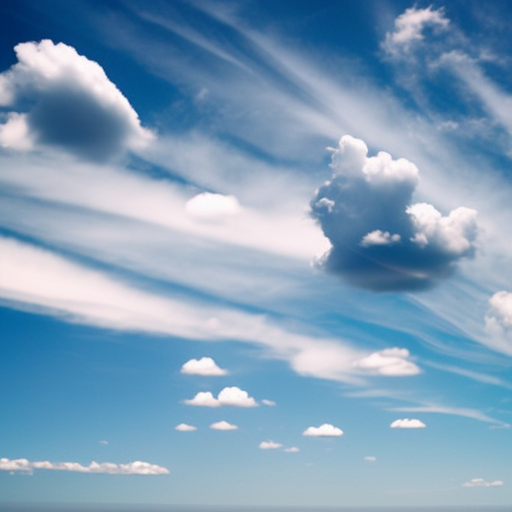Summary:
Weather forecasting is the process of predicting the atmospheric conditions for a specific location and time. It involves collecting data from various sources, analyzing it using mathematical models, and making predictions based on this analysis. Weather forecasts are essential for planning daily activities, agricultural practices, and disaster management. They rely on a combination of historical data, current observations, and advanced technology to provide accurate predictions.
Collecting Data:
Weather forecasting begins with collecting data from various sources. This includes weather stations, satellites, weather balloons, and radar systems. Weather stations on the ground measure parameters such as temperature, humidity, wind speed, and atmospheric pressure. Satellites provide valuable information about cloud cover, precipitation, and temperature patterns over large areas. Weather balloons equipped with instruments are launched into the atmosphere to collect data on temperature, humidity, and wind patterns at different altitudes. Radar systems detect and track precipitation, such as rain, snow, and hail.
Analyzing Data:
Once the data is collected, it is analyzed using mathematical models. These models take into account the laws of physics and the principles of fluid dynamics to simulate the behavior of the atmosphere. They use complex equations to represent the interactions between different variables, such as temperature, pressure, humidity, and wind. By solving these equations, meteorologists can predict how the atmosphere will evolve over time.
Prediction Techniques:
There are two main techniques used in weather forecasting: numerical weather prediction (NWP) and statistical forecasting. NWP involves running mathematical models on supercomputers to simulate the atmosphere’s behavior. These models divide the atmosphere into a three-dimensional grid and calculate the values of various variables at each grid point. By advancing the model in time, meteorologists can predict the future state of the atmosphere. Statistical forecasting, on the other hand, relies on historical data and patterns to make predictions. It analyzes past weather conditions and identifies patterns that are likely to repeat in the future.
Challenges and Advances:
Weather forecasting faces several challenges, including the complexity of the atmosphere, the limited availability of data in some regions, and the difficulty in accurately predicting extreme weather events. However, advances in technology have significantly improved forecasting accuracy. Supercomputers can now perform complex calculations faster, allowing for higher-resolution models and more accurate predictions. Satellites provide real-time data and images, enabling meteorologists to track weather systems and monitor their development. Doppler radar systems can detect severe weather phenomena, such as tornadoes and thunderstorms, and provide timely warnings.
Applications:
Weather forecasts have numerous applications in various sectors. They are crucial for aviation, helping pilots plan safe flights and avoid turbulence. Farmers rely on weather forecasts to make decisions about planting, irrigation, and harvesting. Energy companies use forecasts to optimize the production and distribution of electricity. Weather forecasts also play a vital role in disaster management, allowing authorities to prepare for and respond to severe weather events such as hurricanes, floods, and heatwaves. Additionally, individuals use weather forecasts to plan outdoor activities, choose appropriate clothing, and make travel arrangements.
Conclusion:
Weather forecasting is a complex process that involves collecting data, analyzing it using mathematical models, and making predictions based on this analysis. It plays a crucial role in various sectors and is essential for planning daily activities, agricultural practices, and disaster management. Advances in technology have improved forecasting accuracy, but challenges remain in accurately predicting extreme weather events. Weather forecasts continue to evolve, providing valuable information to individuals and organizations alike.












